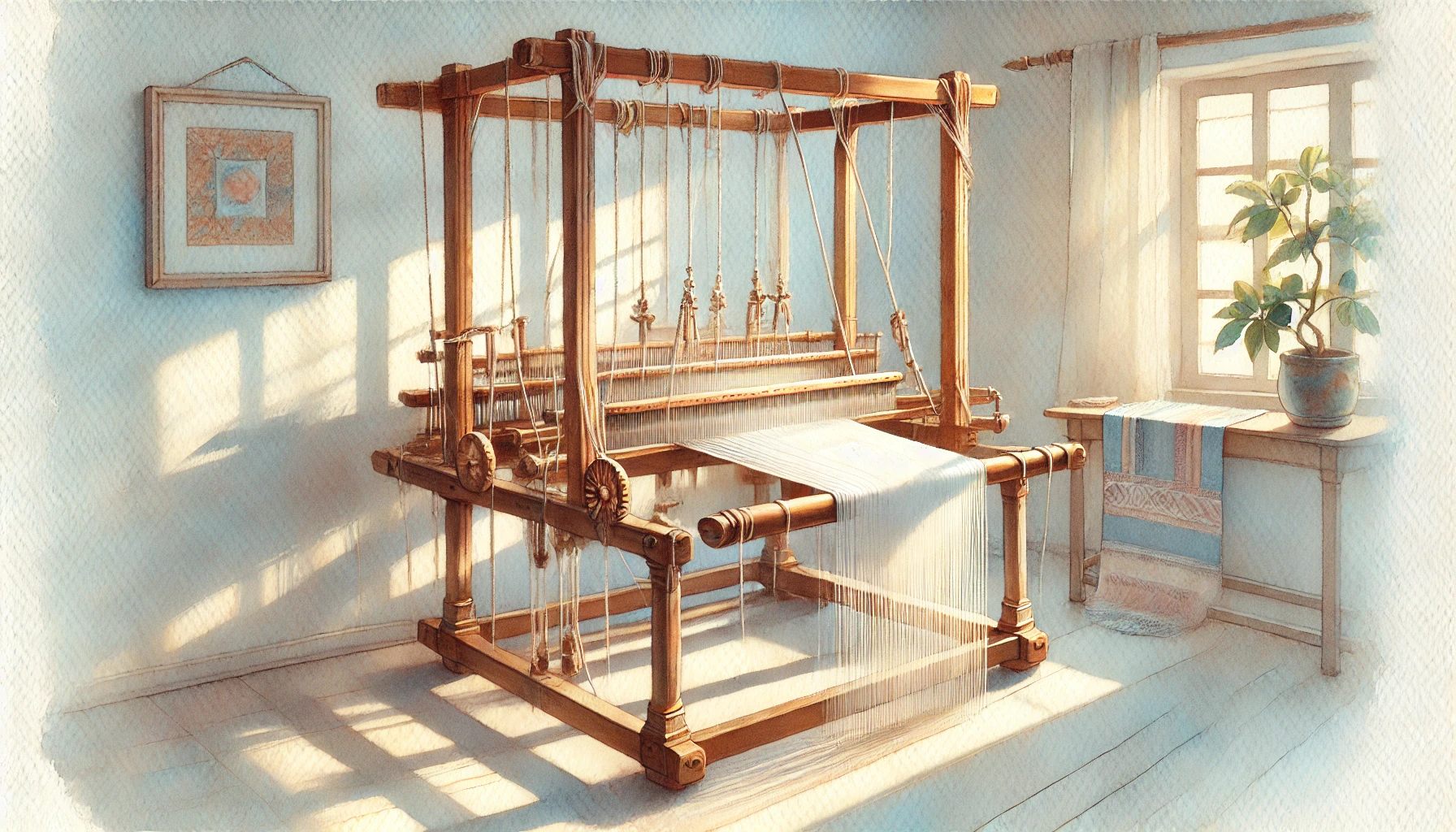Adapted from Hans Christian Andersen
Once upon a time, in a far-off kingdom, there lived an emperor who was obsessed with his appearance. He cared little for his duties as ruler and instead spent his days trying on lavish outfits and parading them before his court. His wardrobe was the finest in the land, and he was constantly seeking new ways to enhance his already opulent collection of clothes.
One day, two cunning swindlers arrived at the palace. They had heard of the emperor’s vanity and saw an opportunity to profit. They presented themselves to the emperor, claiming to be the most skilled weavers in the world, capable of making fabrics that were not only breathtakingly beautiful but also had magical qualities. According to the swindlers, the clothes they made would be invisible to anyone who was unfit for their position or hopelessly foolish.
Intrigued by the idea of owning such clothes, the emperor immediately commissioned the swindlers to create an outfit for him. They set up looms and pretended to work day and night, though there was nothing on their looms at all. But they cleverly pretended to weave, requesting only the finest silk and gold thread, which they secretly pocketed.
As the days passed, the emperor became eager to see his new clothes. He sent one of his most trusted advisors to check on the progress. When the advisor entered the workshop, he saw the empty looms but was too afraid to admit that he couldn’t see anything. He feared being thought of as unfit for his position, so instead, he praised the “magnificent” fabric.
The same thing happened with other officials the emperor sent. One by one, they marveled at the invisible cloth, unwilling to admit they saw nothing. Their praise fueled the emperor’s anticipation even more.
Finally, the day came for the emperor to wear his new clothes in a grand procession through the city. The swindlers helped him into his “garments,” pretending to adjust the invisible fabric with great care. The emperor, too proud to admit he saw nothing, admired himself in the mirror and marveled at how light and elegant the clothes felt. The courtiers around him, also too afraid to speak the truth, gushed over the emperor’s splendor.
As the emperor walked through the streets in his invisible clothes, the people in the crowd were too frightened to speak the truth. They had all heard of the magical properties of the clothes and didn’t want to be seen as unworthy or foolish. So, they, too, praised the emperor’s new outfit, exclaiming how regal and fine he looked.
But then, a small child, too young to understand the fear of being ridiculed, spoke up. “But he isn’t wearing anything at all!” the child cried out.
A ripple of whispers spread through the crowd, and soon, everyone was saying the same thing: “He’s not wearing anything!” The emperor, realizing the truth, felt a wave of embarrassment wash over him. He knew the people were right, but it was too late to turn back. With his head held high, he continued to walk in the procession, for he was too proud to admit he had been fooled.
And so, the emperor learned a lesson that day, though whether it changed his vanity is anyone’s guess. But the swindlers? They had long disappeared with their stolen riches, leaving the emperor and his court to reflect on the dangers of pride and self-deception.



